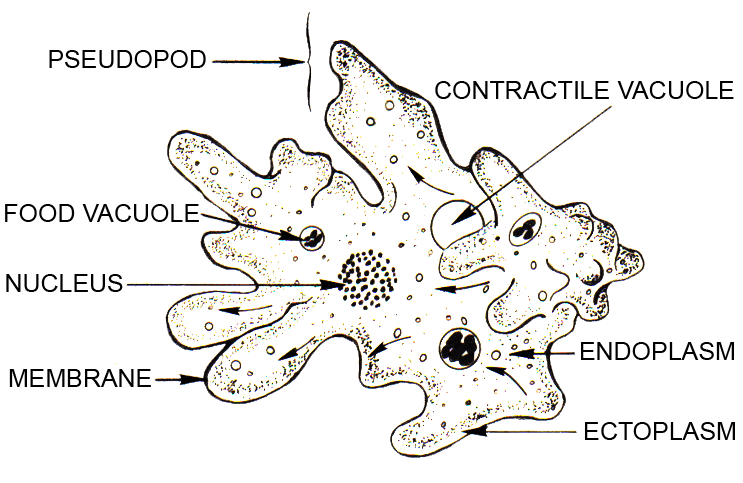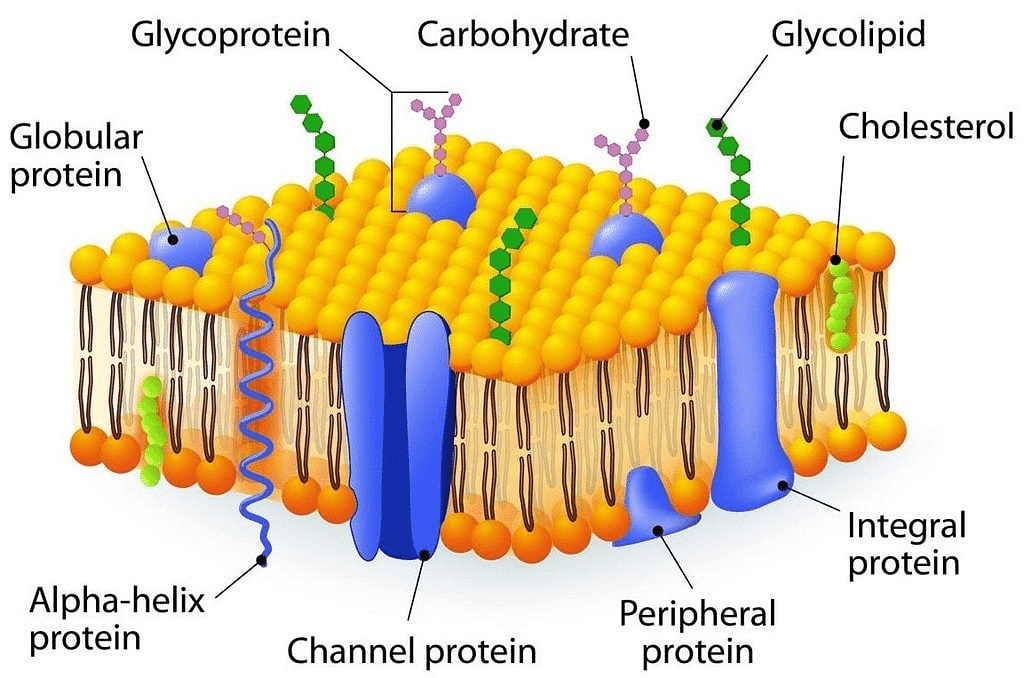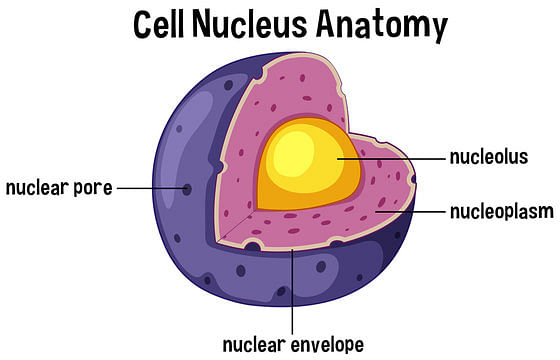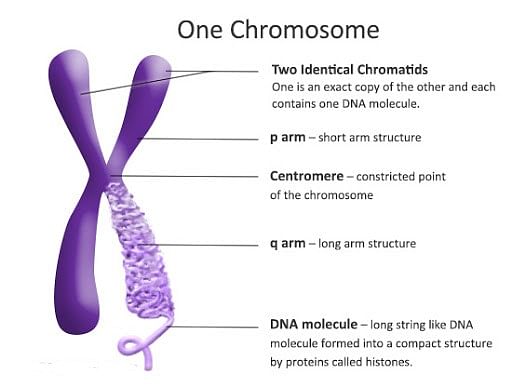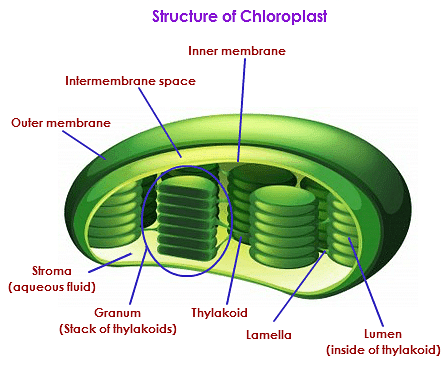Cell: Structure and Functions Class 8 Notes Science
| Table of contents |

|
| What is a Cell? |

|
| Organisms show Variety in Cell Number, Shape & Size |

|
| Structure & Function of Cells |

|
| Frequently Asked Questions |

|
What is a Cell?
Cells are the fundamental structural units of living organisms and the basic units of life.
Who Discovered Cells?
The term “cells” was first coined in 1665 by British scientist Robert Hooke.
He was the first person to study living things under a microscope and examined a thin slice of cork under a microscope and observed honeycomb-like structures. Robert Hooke called these structures cells.
 Cork Cells as discovered by Robert Hooke
Cork Cells as discovered by Robert Hooke
Organisms show Variety in Cell Number, Shape & Size
Number of Cells
- Unicellular Organisms: Organisms that are made up of a single cell and perform all their vital activities, like reproduction, locomotion, and digestion, are called unicellular organisms. Unicellular organisms can be found everywhere. The oldest forms of life, unicellular organisms existed 3.8 billion years ago, if not longer.

- Multicellular Organisms: Organisms that are made up of more than one cell are called multicellular organisms. Most life that can be seen with the naked eye are multi-cellular, as are all animals and plants.
Shape of Cell
- Amoeba: Amoeba uses small finger-like projections called pseudopodia for locomotion and to capture prey. Pseudopods or pseudopodia are temporary projections of eukaryotic cells. Cells with these structures are called amoeboids.

- Paramecium: Paramecium is a single cell and is built in such a way that it performs all its vital activities, like reproduction, locomotion, digestion, and so on.

- WBC: The White Blood Corpuscle (WBC) is the only animal cell that changes its shape. WBC's are responsible for protecting our bodies against invading bacteria and harmful micro-organisms.
- To find invading bacteria, they travel along with blood in blood vessels. Whenever they find invading bacteria, they squeeze through the blood vessels and intercellular spaces, catch the bacteria and kill it. To perform this task, WBC's change their shape using pseudopodia similar to those in an amoeba.
- The branched structure of a neuron helps it transfer messages to all parts of the body. A neuron, also known as a nerve cell, is an electrically excitable cell that processes and transmits information by electrical and chemical signalling.
Structure & Function of Cells
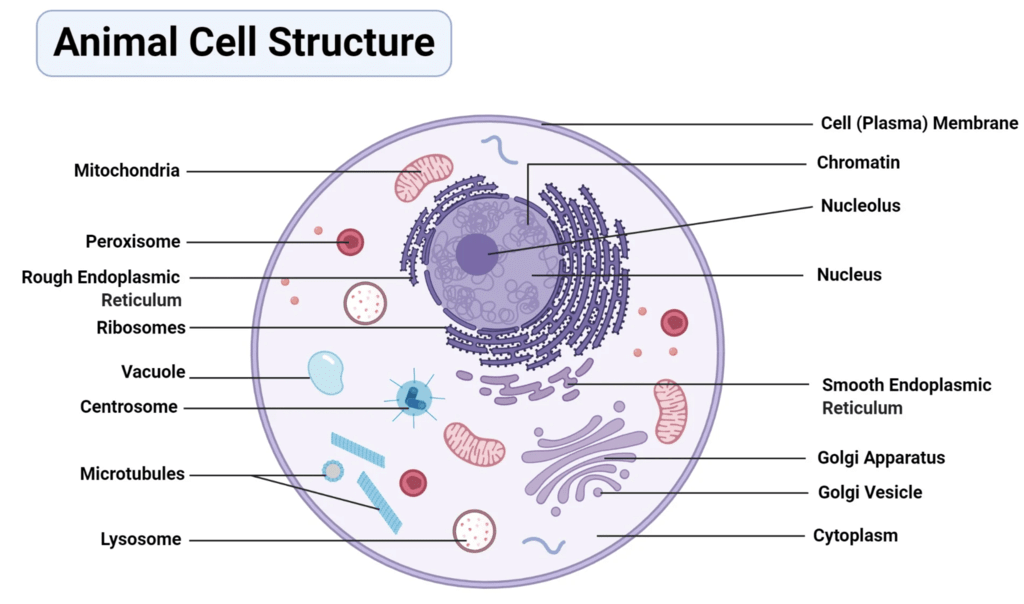
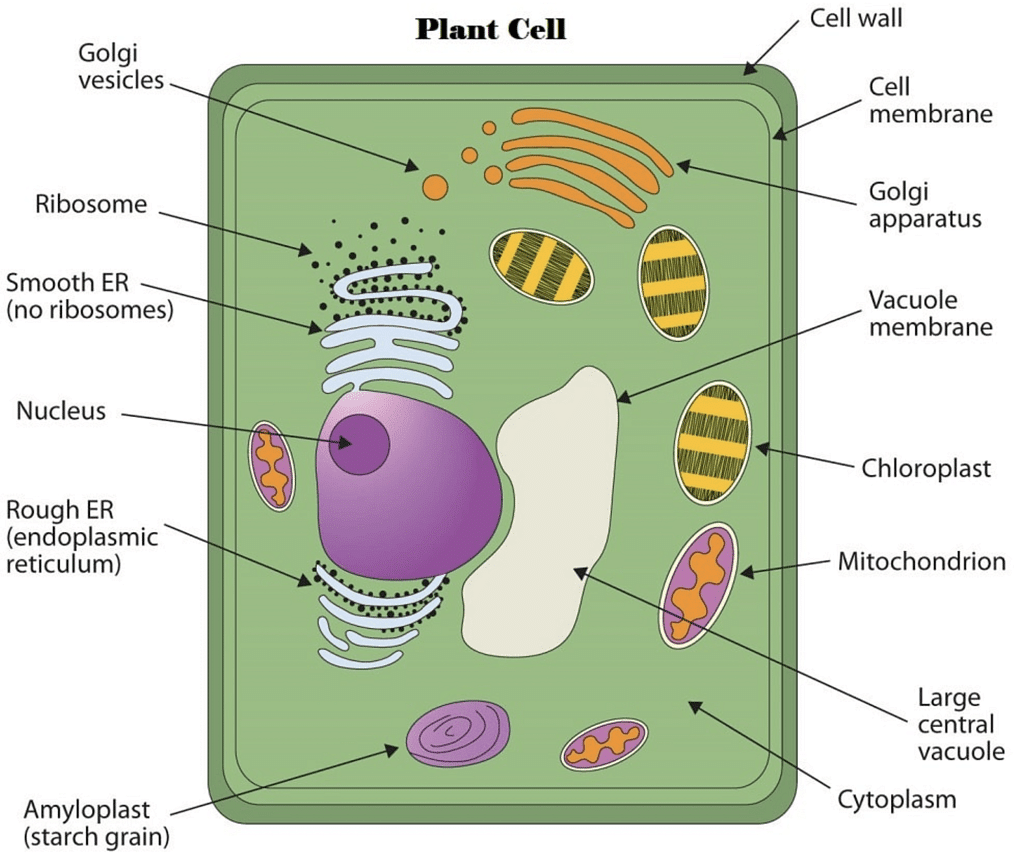
The basic components of a cell are the cell membrane, cytoplasm and nucleus.
Cell Membrane
- The cell membrane is a biological membrane that separates the interior of all cells from the outside environment.
 Cell Membrane
Cell Membrane
- The cell membrane is selectively permeable to ions and organic molecules and controls the movement of substances in and out of cells. It consists of the phospholipid bilayer with embedded proteins.
- Cell membranes are involved in a variety of cellular processes, such as cell adhesion, ion conductivity and cell signalling, and serve as the attachment surface for extracellular material and intercellular cytoskeleton.
Cytoplasm
- The cytoplasm is a thick liquid in a cell that holds the organelles, except for the nucleus. All the contents of the cells of prokaryote organisms are contained within the cytoplasm.

- Within the cells of eukaryotes organisms, the contents of the nucleus are separated from the cytoplasm.
Nucleus
- The nucleus controls the activities of a cell. The nucleus is a membrane-enclosed organelle found in eukaryotic cells. It contains most of the cell's genetic material, organised as multiple long linear DNA molecules to form chromosomes. The genes within these chromosomes are the cell's nuclear genome.

- The function of the nucleus is to maintain the integrity of these genes and to control the activities of the cell by regulating gene expression. The nucleus is, therefore, the control centre of the cell.
- Methylene blue is the stain placed on plant and animal cells to differentiate the nucleus under a microscope. Solutions of this substance are blue when in an oxidising environment but will turn colourless if exposed to a reducing agent.
Chromosomes
- Chromosomes are called the vehicles of heredity because they carry genes, and help in the inheritance or transfer of characteristics from the parents to the offspring.

- A chromosome is an organised structure of DNA and protein found in cells. It is a single piece of coiled DNA containing many genes. Chromosomes also contain DNA-bound proteins, which serve to package the DNA and control its functions.
Prokaryotes and Eukaryotes
- Bacteria and blue-green algae that contain nucleoids are called prokaryotes. Organisms that have a well-organised nucleus are called eukaryotes.
- The defining membrane-bound structure that sets eukaryotic cells apart from prokaryotic cells is the nucleus, or nuclear envelope, within which the genetic material is carried.

- The presence of a nucleus gives eukaryotes their name, which comes from the Greek eu, meaning "good", and karyon, meaning "nut" or "kernel".
- Most eukaryotic cells also contain other membrane-bound organelles. The nucleoid is an irregularly-shaped region within the cell of prokaryotes, which has nuclear material without a nuclear membrane.
Nucleolus
- The nucleolus is a small, spherical body in the nucleus. It is a non-membrane bound structure composed of proteins and nucleic acids.
- Ribosomal RNA is transcribed and assembled within the nucleolus.
Chloroplast
- Chloroplast is a type of plastid involved in photosynthesis in plants. These are specialised organelles found in all higher plant cells. These organelles contain the plant cell's chlorophyll, providing the green colour.

- They have a double outer membrane. Within the stroma are other membrane structures, the thylakoids and grana where photosynthesis takes place.
Vacuole
- A vacuole is a membrane-bound organelle present in all plant, fungal cells, and some animal and bacterial cells. Vacuoles are essentially enclosed compartments filled with water containing inorganic and organic molecules, including enzymes, in solution. In certain cases, though, vacuoles may contain solids that have been engulfed.

- Vacuoles are formed by the fusion of multiple membrane vesicles and are effectively just larger forms of these. The organelle has no basic shape or size, and its structure varies according to the needs of the cell.
Mitochondria
- Mitochondria is a double membrane-bound sausage-shaped organelle.
- Also known as ‘powerhouse of the cell’.
- Mitochondria are the sites of aerobic respiration in the cell and it produces energy in the form of ATP.

Endoplasmic Reticulum
- It is a membranous organelle.
- It is found in all eukaryotic cells.
- The ER is divided into two types based on their physical and functional properties viz. Smooth and Rough ER.
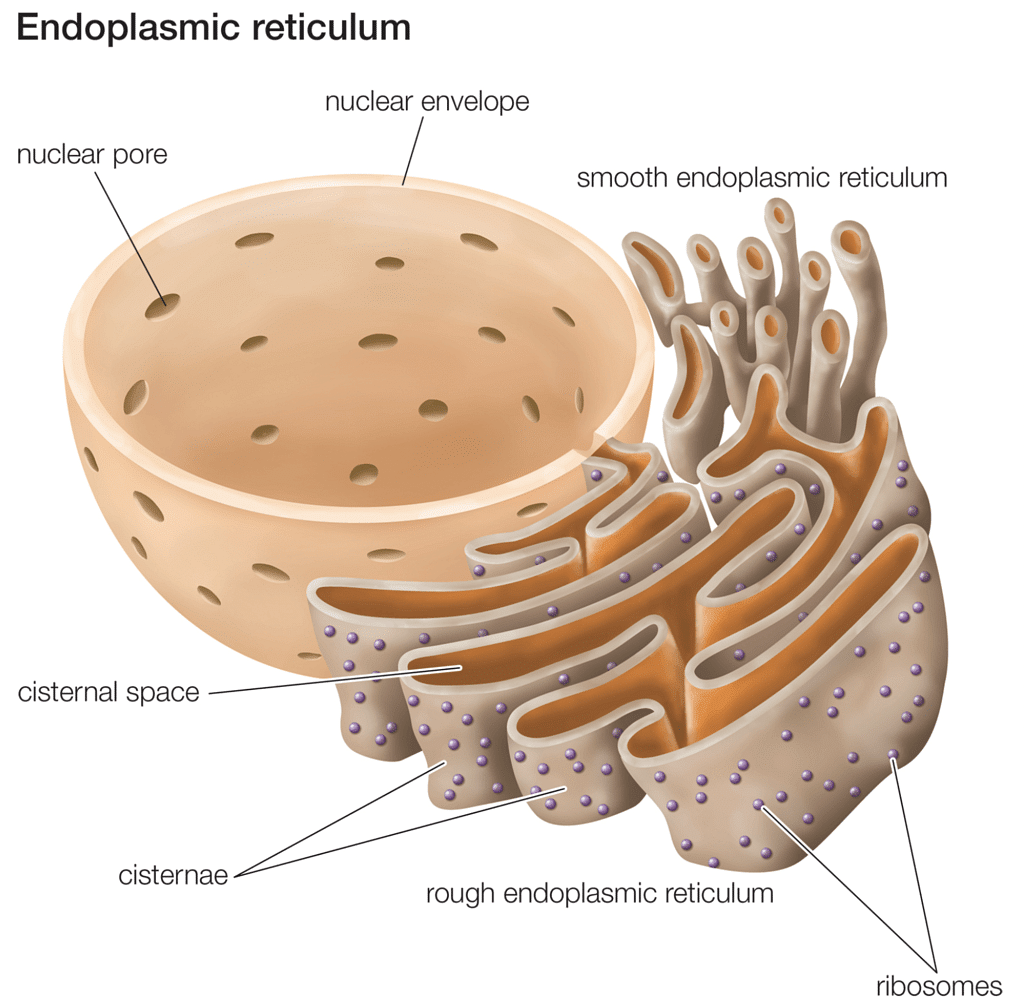
Rough ER: It synthesizes and secretes proteins in the cells.
Smooth ER
- The SER is involved in the synthesis of phospholipids, the main lipids in cell membranes and are very important in the process of metabolism.
- They also transport the products of the rough endoplasmic reticulum to other cell parts like the Golgi apparatus.
Lysosomes
- Lysosomes are small membrane-bound sac-like structures that release digestive enzymes that break down food.
- They also remove the old and damaged or dead organelles from the cell and thus, protect the cell from further damage.
Frequently Asked Questions
Q.1. Define cell membrane and state its functions.
Ans: Cell membrane or plasma membrane is a thin, delicate membrane surrounding the cytoplasm. Following are the functions of cell membrane:
- It separates the cells from one another and also separates the cells from the surrounding medium.
- It gives a definite shape to the cell.
- Being porous, it allows the movement of substances from both inside and outside the cells.
- Its porous structure helps in regulating the movement of materials through the cells.
Q.2. Define nucleus and state its major parts.
Ans: Nucleus is a dense round body found in the centre of an animal cell and mostly on the periphery of the plant cell. The nucleus controls all the activities in the cell like digesting movement of substances within the cell. Nucleus also controls the process of cell division. This is the reason nucleus is also known as the ‘brain of the cell’.
Nucleus consists of four major parts. They are:
- Nuclear membrane
- Nucleoplasm
- Nucleolus
- Chromatin
Q.3. Differentiate between Cell wall and Cell membrane
Ans:
| Cell wall | Cell membrane |
| (i) It is present in only plant cells. | (i) It is present in both plant and animal cells. |
| (ii) It is rigid, thick structure. | (ii) It is delicate, thin structure. |
| (iii) It is completely permeable to ordinary molecules. | (iii) It is selectively permeable to molecules. |
| (iv) It is metabolically inactive and nonliving. | (iv) It is metabolically active and living. |
|
32 videos|80 docs|74 tests
|
FAQs on Cell: Structure and Functions Class 8 Notes Science
| 1. What is a cell and why is it considered the basic unit of life? |  |
| 2. How do cells vary in number, shape, and size among different organisms? |  |
| 3. What are the main components of a cell and their functions? |  |
| 4. How does the structure of a cell relate to its function? |  |
| 5. What is the significance of cell diversity in multicellular organisms? |  |

|
Explore Courses for Class 8 exam
|

|
